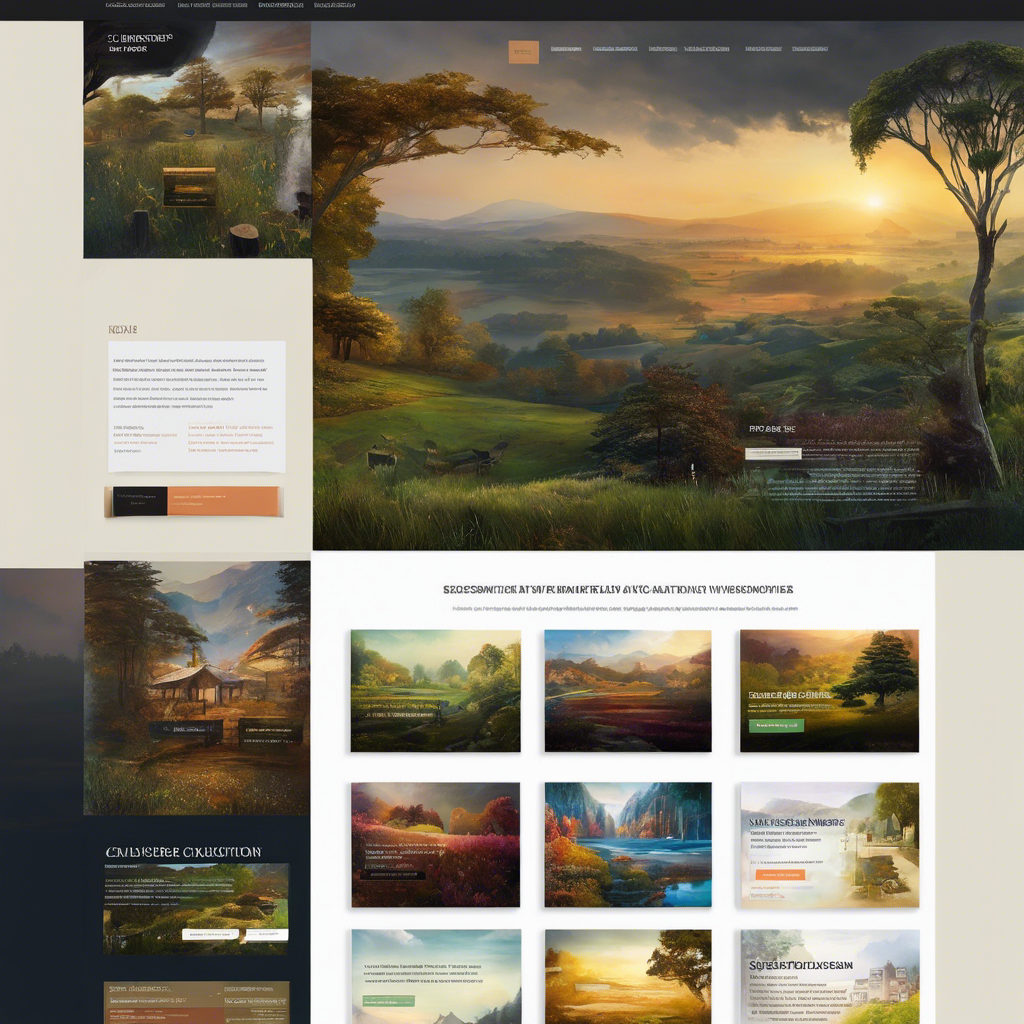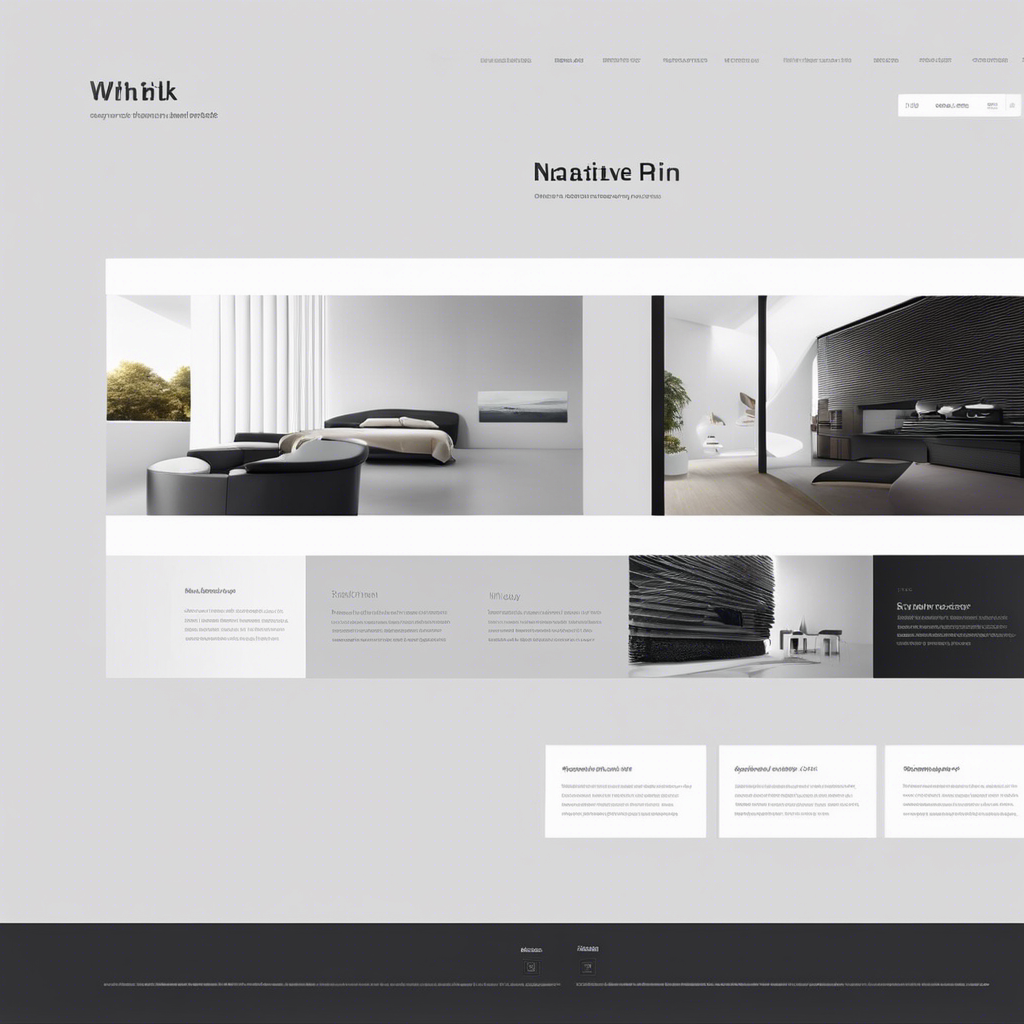Do you want to design websites that are inclusive and accessible to everyone, but you’re not sure where to start?
You might be thinking, ‘Isn’t designing for accessibility complicated and time-consuming?’ Well, good news! It’s actually easier than you think.
By following a few simple guidelines and incorporating some best practices, you can create websites that are accessible to individuals with disabilities while still providing an enjoyable user experience for all.
In this guide, we’ll walk you through the process of designing websites with accessibility in mind. From adding alt text to images to ensuring keyboard navigation, we’ll cover the essential steps to make your website more accessible.
Let’s get started!
Key Takeaways
- Design websites with accessibility as a priority to ensure inclusivity for all users
- Incorporate keyboard navigation best practices to improve accessibility and user experience
- Use high-contrast colors to enhance visibility for individuals with visual impairments
- Utilize alt text to enhance image accessibility for users who rely on assistive technologies
The Importance of Accessibility
To ensure an inclusive online experience for all users, it’s crucial to design websites with accessibility in mind.
Accessibility means creating websites that can be used by individuals with disabilities, helping them navigate and interact with web content effectively.
By designing and developing websites with accessibility as a priority, you can help users with disabilities overcome barriers and fully engage with your website.
This not only aligns with legal requirements, such as the Americans with Disabilities Act (ADA), but also demonstrates your commitment to inclusivity and equal access.
Consider incorporating features like alternative text for images, captions for videos, and adjustable font sizes to accommodate different needs.
Pay attention to contrast and color choices to ensure readability for all users.
Keyboard Navigation Best Practices
Keyboard navigation is a crucial aspect of designing and developing websites with accessibility in mind, especially for individuals with disabilities. By following accessibility standards and incorporating keyboard navigation into your web pages, you provide a better chance for all users to access and navigate your site.
To make your website keyboard-friendly, it’s important to use descriptive and intuitive labels for interactive elements. Additionally, ensure that keyboard focus is visible and distinguishable, making it easier for users to understand where they’re on the page.
Regularly testing your website’s keyboard navigation using the Tab key can help identify and address any issues, ensuring a seamless and inclusive user experience.
Designing With High-Contrast Colors
Choose high-contrast colors that enhance visibility for users with visual impairments.
When designing a website with accessibility in mind, it’s crucial to consider the needs of individuals with low vision. By using high-contrast colors, you can ensure that text and other elements on your website are easily distinguishable from the background. This is especially important for users who rely on screen readers or have difficulty seeing low contrast text.
To create an inclusive website, it’s essential to follow web accessibility guidelines and test color contrast to meet the standards. There are tools available to help you determine if your color choices meet accessibility requirements.
Enhancing Image Accessibility With Alt Text
When designing your website with accessibility in mind, ensure that alt text is utilized to enhance image accessibility for all users, including those who are blind or visually impaired.
Alt text, also known as alternative text, is a text description that’s added to an image. It’s essential for making your website accessible to individuals who rely on assistive technologies like screen readers to navigate the web. By providing clear and descriptive alt text, you can ensure that these users have equal access to the information conveyed by the images on your website.
Alt text should accurately describe the content and purpose of the image, including any important details or context. For images used as links, the alt text should also explain the destination of the link. However, it’s important to note that alt text for purely decorative images should be null, indicating that the image doesn’t provide any meaningful information.
Creating Accessible Forms
To ensure accessibility, prioritize the inclusion of descriptive labels and clear associations for form elements. Position labels to the left or above fields, except for checkboxes and radio buttons, to ensure clear association and easier navigation for screen readers.
All fields should have descriptive labels adjacent to the field to provide context for form elements and aid users with disabilities in understanding their purpose. Avoid excessive space between labels and fields, as this can lead to confusion or difficulty in navigating the form for users relying on assistive technologies.
Ensuring form elements include clearly associated labels is essential for users with disabilities, as it allows for seamless navigation and interaction with the website.
Providing clear and consistent navigation options, along with multiple methods of website navigation, such as site search and a site map, ensures accessibility for all users, including those with disabilities.
Frequently Asked Questions
How Do You Design Web Accessibility?
To design web accessibility, you need to take a user-centric approach and follow inclusive design principles. This includes considering color contrast, implementing keyboard navigation, and ensuring screen reader compatibility. Use alternative text for images, maintain a semantic HTML structure, manage focus, provide clear and concise content, and conduct testing and gather feedback.
How Do You Implement Accessibility on a Website?
To implement accessibility on a website, start by considering inclusive design principles. Ensure color contrast and use alt text for images. Incorporate keyboard navigation and caption videos. Use semantic HTML, focus management, ARIA roles, and proper headings structure.
Why Is It Important to Design Websites With Accessibility in Mind?
Designing websites with accessibility in mind is important for social inclusion, equal opportunities, and improved user experience. It ensures legal compliance, boosts SEO, increases website traffic, enhances user engagement, and builds a better brand reputation. It also targets diverse audiences and fulfills ethical responsibility.
What Are the 4 Principles of Web Accessibility?
The 4 principles of web accessibility include making content perceivable, ensuring operability, promoting understandability, and ensuring robustness. These principles are important for inclusive design and addressing common accessibility barriers for all users.




